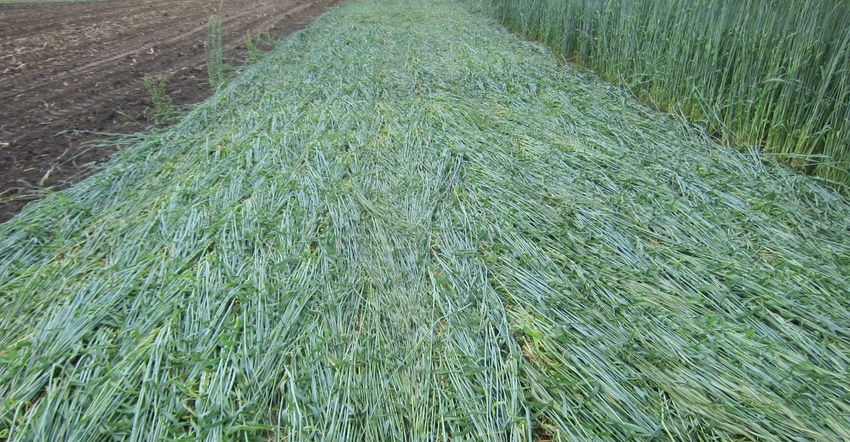March 18, 2020

Iowa Learning Farms recently released its 2019 Evaluation Report detailing the impact of multiple education and outreach initiatives throughout the year. ILF is a conservation-focused education and outreach program for Iowa farmers and landowners that is part of Iowa State University Extension. Dedicated to building a culture of conservation, ILF conducted 24 field days, 23 formal presentations, 66 community event appearances and three conferences, reaching 7,800 Iowans in 2019.
The report includes data gathered through on-site comment cards, post-event surveys and an annual survey mailed to all field day participants. The report details the changing demographics of working farmers and landowners in Iowa, increases in conservation practices, and general understanding of different practices among working farmers.
Key statistics from the report include an up year in cover crop plantings. Total acres planted to cover crops are now estimated to eclipse 1 million acres in Iowa. Also, 23% of field day attendees were under age 35, 23% were female and 76% of farmers responding to the surveys are using between one and five conservation practices (no-till/strip till, cover crops, extended crop rotation, rotational grazing).
Why farmers use practices
Another notable insight from the evaluation is the reasons farmers gave for implementing these practices. Fifty-one percent listed soil erosion and 36% considered soil heath as top reasons for adoption.
These topics bring farmers and landowners to field days, enabling reinforcement of practice value and introduction of additional approaches that can address their needs and help achieve Iowa’s Nutrient Reduction Strategy goals.
“With this report, we are very confident that we are able to portray a fair picture of what field day attendees are doing on their farms as well as what cover crop farmers are doing in general, based on the 62% response rate to our year-end survey and 40% response rate to our post field day surveys,” says Jackie Comito, director of Iowa Learning Farms. “We are thrilled with one bright spot in education where we’ve thoroughly socialized the concept of prairie strips in the farming lexicon, moving the percentage of respondents unfamiliar with the term from 84% in 2017 to just 18% in 2019.”
Much more needs to be done
Many positive trends were seen in 2019, but the data collected was not all good news.
Even with an increase in cover crop acres of 16% over 2018, the growth rate is well below the needed trend to accomplish the Nutrient Reduction Strategy goal of 12 million to 14 million acres. The report also reflects that only 10% of the planted acres of cover crops are from new planters — farmers planting cover crops for the first time. This continues a five-year trend of declines in new plantings by new farmers.
“It’s encouraging to see the rate of increase in cover crop acres is holding steady, but the majority of that growth is coming from current cover crop farmers adding more acres,” says Jamie Benning, water quality program manager for ISU Extension. “We need to work harder to attract farmers and landowners who have never used cover crops. We need to get them to attend field days and other conservation events to help them understand the benefits these practices can deliver.”
See the 2019 Evaluation Report at iowalearningfarms.org.
Source: ISU, which is solely responsible for the information provided and is wholly owned by the source. Informa Business Media and all of its subsidiaries are not responsible for any of the content contained in this information asset.
You May Also Like




